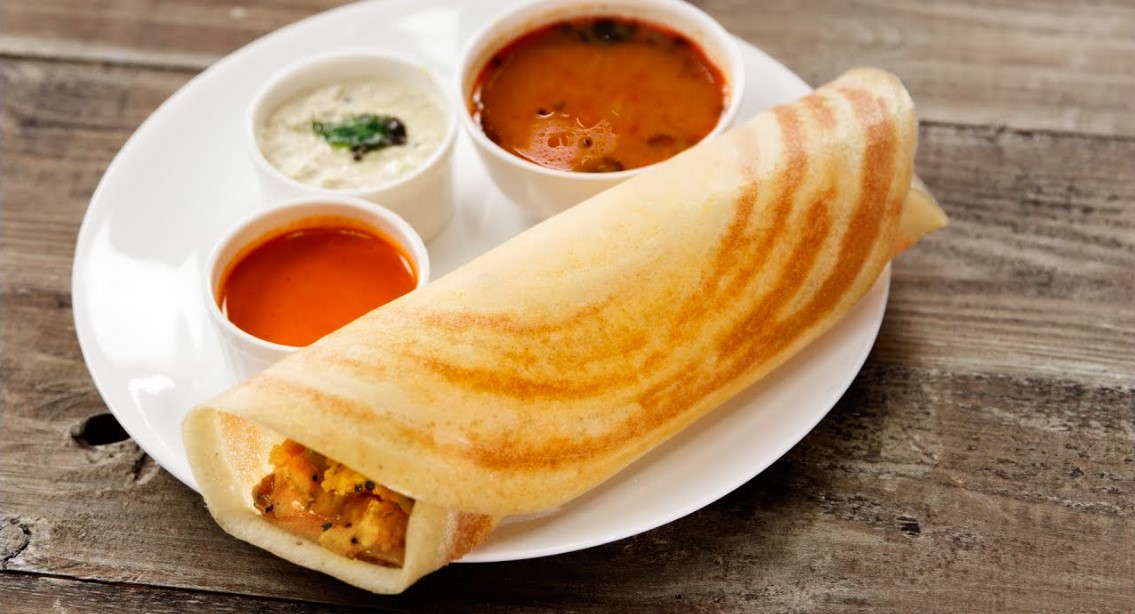You’re about to start a journey into South Indian cuisine. Here, the masala dosa recipe is a favorite. Masala dosa recipe is known for its crispy outside and tasty inside. It’s a common dish in many Indian homes.

The key to a real masala dosa recipe is the dosa batter. This mix needs care and time. Making the right batter is key for the dosa’s feel and taste. We’ll show you how to make the perfect dosa batter for your masala dosa.
Key Takeaways
- Understanding the significance of dosa batter in South Indian cuisine
- Learning the basic ingredients for masala dosa recipe.
- Tips for achieving the perfect dosa batter consistency
- The importance of fermentation in dosa batter preparation
- Common mistakes to avoid when making dosa batter
The History and Significance of Masala Dosa Recipe in Indian Cuisine
Dosa, a fermented crepe, has ancient roots in South India. It first appeared in what is now Tamil Nadu as a staple. Over time, dosa evolved into different forms and flavors across South India.
Origins of Dosa Recipe in South India
The earliest dosa-like dishes were from the 1st century AD, during the Tamraparniyan period. It was a food for the common people, made from rice and lentils. The fermentation process, which gives dosa its unique taste and texture, was likely discovered by accident.
Cultural Importance of Dosa Recipe
Dosa has been a key part of South Indian cuisine and culture for centuries. It’s more than just food; it’s tied to traditional practices and rituals. In many South Indian homes, dosa is a staple breakfast, served with chutneys and sambar.
Evolution of Masala Dosa Recipe
Masala dosa emerged as dosa’s popularity grew outside its traditional area. The filling, with spiced potatoes, onions, and chutneys, made dosa more filling. Today, masala dosa is enjoyed nationwide, with many regional twists.
| Region | Dosa Variation | Characteristics |
|---|---|---|
| South India | Masala Dosa | Spiced potato filling, served with sambar and chutney |
| Tamil Nadu | Plain Dosa | Simple, fermented crepe made from rice and lentil batter |
| Karnataka | Mysore Masala Dosa | Masala dosa with a layer of chutney on the dosa |

Essential Ingredients for the Perfect Dosa Batter
Making the perfect dosa batter starts with picking the right ingredients. This step is key to a tasty and true South Indian dish. The ingredients’ quality and mix greatly affect the dosa’s taste, texture, and quality.
Rice Varieties for Dosa recipe
The rice type is key for a good dosa batter. Parboiled rice is best because it has more starch. This starch makes the dosa crispy.
Parboiled Rice vs. Regular Rice
Parboiled rice keeps more nutrients and has a special starch mix. This makes it perfect for dosas.
Regional Rice Preferences
In South India, different places like different rice types. For example, some areas use Idli rice or Ponni rice for their special texture and taste.
| Rice Type | Characteristics | Regional Preference |
|---|---|---|
| Parboiled Rice | Higher starch content, easier to digest | Widely used |
| Idli Rice | Fine texture, mild flavor | Tamil Nadu |
| Ponni Rice | Soft texture, slightly sweet | Kerala |
Types of Lentils and Their Proportions
Lentils, like urad dal (black gram), are vital for dosa’s texture and fermentation. The rice to lentil ratio is usually 3:1 to 4:1.
Additional Ingredients for Flavor
Adding fenugreek seeds and poha (flattened rice) boosts flavor and helps with fermentation.
Quality Considerations for Ingredients
The dosa recipe taste and texture depend on ingredient quality. Using fresh, high-quality ingredients leads to better fermentation and flavor.

Choosing and mixing these key ingredients well will help you make tasty, authentic dosas.
Equipment You’ll Need for Making Dosa Recipe at Home
Making dosa at home needs special equipment. It combines old and new tools. You’ll need a few key items to make the perfect dosa.
Traditional vs. Modern Tools
Traditionally, making dosa uses a stone grinder and a cast-iron tawa. But, modern kitchens can use electric grinders and non-stick pans. These tools make the process easier without losing quality.

The Ideal Dosa Tawa (Griddle)
A high-quality dosa tawa recipe is key for even cooking. Cast iron or non-stick tawAs are best for keeping heat. A seasoned tawa also adds flavor and texture to your dosa.
Other Essential Utensils
You’ll also need a mixing bowl for batter, a ladle for spreading, and a spatula for flipping. The right tools make dosa making easier and more fun.
Complete Dosa Recipe: Step-by-Step Batter Preparation
Making the perfect dosa batter is key for a tasty Masala Dosa. It involves several important steps. These steps help your dosas become crispy and full of flavor.
Soaking Process and Timing
The first step is soaking the ingredients. You need to soak rice and lentils separately for the right mix. Soak them for 4-5 hours or overnight for the best results.
Grinding Techniques for Smooth Batter
After soaking, it’s time to grind the ingredients into a smooth batter.
Using a Wet Grinder
A wet grinder is the traditional tool for grinding dosa batter. It makes the batter smooth and consistent. Grind the rice and lentils separately and then mix them together.
Using a Blender or Mixer
If you don’t have a wet grinder, a blender or mixer works too. Grind the ingredients in batches to avoid overloading. Add water little by little to get the right consistency.
Consistency and Texture Guidelines
The batter should be smooth and flow like pancake batter. It should be thick enough to coat a spoon but flow off easily.
| Batter Consistency | Characteristics |
|---|---|
| Ideal | Smooth, flows easily, coats the spoon |
| Too Thick | Difficult to spread, dense dosa |
| Too Thin | Watery, dosa breaks easily |
Troubleshooting Common Batter Issues
If your batter is too thick, add a little water. If it’s too thin, add rice flour or soaked rice. For fermentation problems, try adjusting the temperature or using a fermentation agent.

The Art of Fermentation: Key to Flavorful Dosa
To get that real dosa taste, knowing how to ferment is key. Fermentation makes dosa taste and feel special, making it a must in making dosa.
Ideal Fermentation Conditions
For the best fermentation, keep the batter warm and away from drafts. The perfect temperature is between 75°F to 85°F (24°C to 30°C). Watch for bubbles and a sour smell to know it’s fermenting right.
Regional Variations in Fermentation
In India, dosa making varies by region. In South India, where dosa recipe is common, fermentation happens naturally with wild yeast. Elsewhere, people might use a bit of fermented batter or a starter.

Signs of Properly Fermented Batter
A good fermentation shows a sour smell, bubbles, and more batter. Too much mold or a very sour smell means it’s overdone.
Adjusting Fermentation for Different Climates
Climate affects how fast batter ferments. In hot places, it ferments quicker, so watch the time. In cooler areas, it takes longer, so warm it up.
| Climate | Fermentation Time | Tips |
|---|---|---|
| Hot | 12-18 hours | Keep the batter in a cooler place |
| Temperate | 18-24 hours | Room temperature is usually fine |
| Cold | 24-48 hours | Use a warm place or a proofing box |
Mastering fermentation boosts your dosa’s taste and feel. Try different settings and see what works for you.
Creating the Perfect Potato Masala Filling
Potato masala filling is the heart of Masala Dosa recipe. It needs careful preparation, from choosing the right potatoes to tempering the spices. This filling gives Masala Dosa its unique taste and texture, making it a key part of this South Indian dish.
Traditional Spice Combinations
The spice mix is the core of the potato masala filling. It includes ground spices that add depth and warmth.
Essential Spices and Their Proportions
The main spices are mustard seeds, cumin seeds, turmeric, and chili peppers. The amounts can change based on taste and regional traditions.
Tempering Techniques
Tempering means heating oil and adding spices to it. This releases their flavors and aromas. It’s key for improving the potato masala filling’s taste.
Preparing the Potatoes
First, boil and mash the potatoes. They should be tender, then mixed with the spice blend.
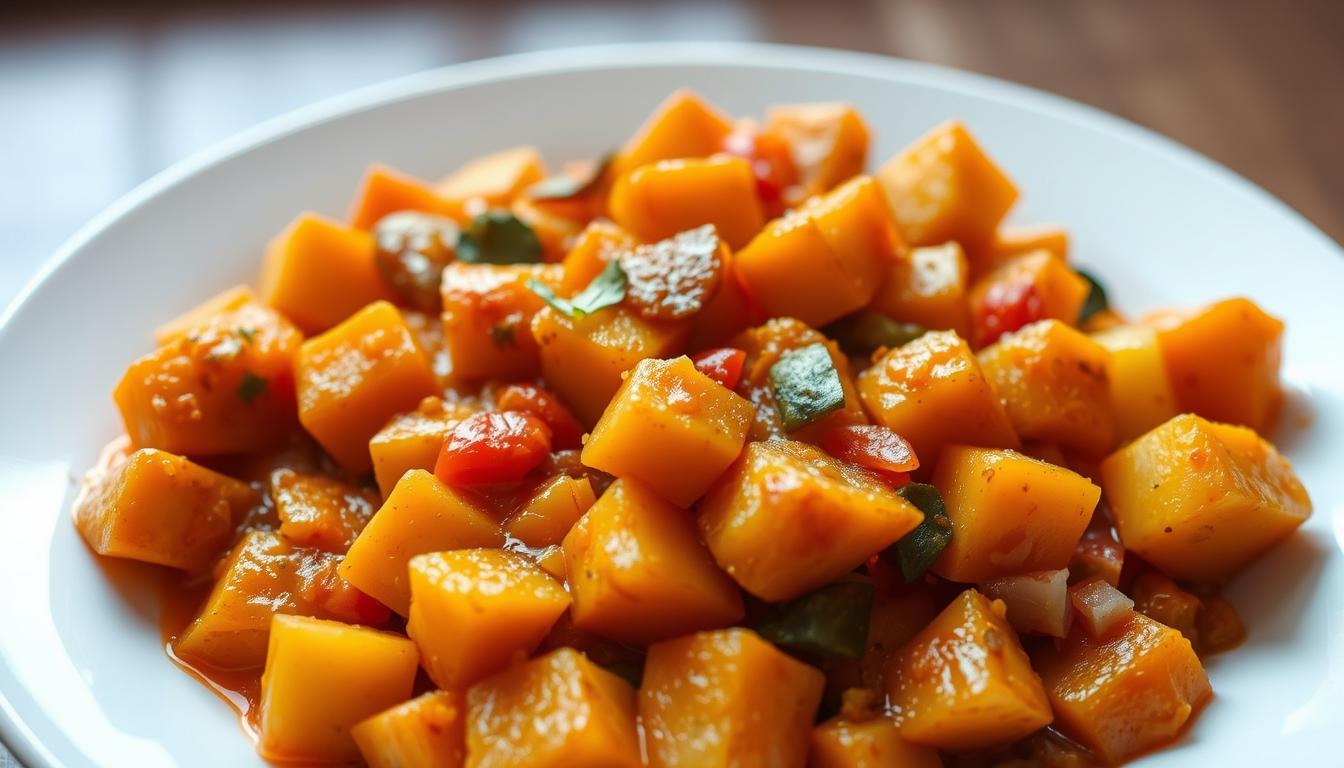
Adding Onions, Chilies, and Aromatics
Sauteed onions, green chilies, and aromatics like ginger and garlic add depth. They’re sauteed before mixing with the potatoes and spices.
Regional Variations of Masala Filling
South India has many variations of the potato masala filling. Some add peas or carrots, while others use different spice amounts.
Mastering the potato masala filling can make your Masala Dosa recipe even better. It ensures a delicious and authentic experience for those who enjoy it.
Mastering the Technique of Cooking Dosa
Learning to cook dosa recipe is about using the right ingredients, tools, and techniques. To make a perfect dosa, you must know how to prepare the tawa, spread the batter, and cook it just right.
Preparing the Tawa (Griddle)
Before cooking dosa, make sure your tawa is ready. Seasoning the tawa is key to prevent sticking and add flavor. To season, put a thin layer of oil on the tawa and heat it until it smokes. Then, wipe off the extra oil with a cloth. Do this often to keep the tawa non-stick.
Spreading the Batter Properly
Spreading the dosa batter evenly is an art that takes practice. Begin by placing the ladle in the tawa’s center and spreading it in a circle.
Circular Motion Technique
Spread the batter with a smooth, continuous motion from the center outwards. This ensures the dosa is even in thickness.
Thickness Considerations
The dosa should be thin but not too delicate. Aim for a thickness that makes it crispy on the edges and soft in the middle.
Cooking Temperature and Timing
The right cooking temperature is key for a perfect dosa. Use medium-high heat to cook it. Cook until the edges curl and the surface is dry.
Flipping and Folding Techniques
When the dosa is cooked on one side, use a spatula to gently lift and fold it. For masala dosa, place potato filling in the center before folding it into a triangle or cylinder.
Authentic Accompaniments and Serving Suggestions
Serving masala dosa with the right accompaniments can make the meal better. Traditional sides are key to bringing out the dish’s flavor and authenticity.
Traditional Chutneys for Dosa Recipe
Chutneys are a big part of dosa tradition. Two popular ones are:
Coconut Chutney Recipe
Coconut chutney is a cool side dish. It’s made with coconut, green chilies, and yogurt. Just blend coconut, green chilies, ginger, and yogurt until it’s smooth.
Tomato Chutney Recipe
Tomato chutney brings a tangy taste. It’s made by cooking tomatoes with spices and herbs. Start by sautéing onions, then add tomatoes and blend with spices.
Sambar Preparation
Sambar is a lentil stew that goes great with dosa. To make it, cook lentils and mix with veggies and spices. The goal is to get the flavors just right.
Presentation Styles
How you present dosa is as important as its taste. Serve it hot with chutneys and sambar nicely arranged. You can also add fresh coriander or curry leaves for extra flair.
Complete Dosa Meal Planning
Planning a full dosa meal means pairing it with the right sides. Serve dosa with different chutneys, sambar, and maybe some pickles or papadum. This makes for a complete and satisfying meal.
Popular Variations of the Classic Dosa Recipe
Dosa is incredibly versatile, with many variations that add a twist to the classic recipe. These variations can help you expand your dosa-making skills and add diversity to your dishes.
Rava Dosa Recipe
Rava dosa uses semolina instead of rice and lentils. It’s crispy and often served with sambar and chutney. To make it, mix semolina with yogurt and water to create a smooth batter. Then, ferment it.
Set Dosa Recipe
Set dosa is soft and spongy, served in sets of three or four. It has a fermented batter that’s different from the traditional dosa. It’s usually served with sambar and coconut chutney.
Neer Dosa Recipe
Neer dosa, or “water dosa,” is thin and delicate. It’s made from a rice batter and cooked on a hot griddle without oil or ghee. It’s a healthier option, often served with coconut chutney or sambar.
Modern Fusion Dosa Creations
Fusion dosa recipe has become popular, with fillings and ingredients that create new recipes. You can find dosas filled with paneer, mushrooms, or even pizza. These variations let you try different flavors and ingredients.
Try out these dosa variations to find your favorite or to create your own recipes. Whether you stick to traditional methods or try modern twists, the most important thing is to enjoy the process and the delicious results.
Troubleshooting and Expert Tips for Perfect Dosa Every Time
Making perfect dosa recipe is more than just following a recipe. It’s about understanding the little things that can make a big difference. We’ve gathered some tips and advice to help you get it right every time.
Common Mistakes to Avoid
One common mistake is not soaking the ingredients long enough. This can make the batter coarse. Make sure to soak your rice and lentils for at least 4-5 hours.
Another mistake is not fermenting the batter well. This can make the dosa dense. Ferment the batter in a warm, draft-free place.
Incorrect batter consistency can also ruin your dosa recipe. If it’s too thick, the dosas will be heavy. If it’s too thin, they might break. Adjust the consistency by adding water or rice flour.
Adjusting Recipes for Different Serving Sizes
To make different serving sizes, just scale up or down the ingredients. Keep their proportions the same. For larger batches, make sure you have enough space for fermentation.
- For a smaller batch, reduce the ingredients proportionally.
- For a larger batch, increase the ingredients, but watch the fermentation space.
Storage and Reheating Guidelines
Proper storage is key to keeping your dosa batter fresh. Store it in an airtight container in the fridge. When reheating, use a non-stick pan or dosa recipe tawa over medium heat. You can also microwave, but be careful not to overheat.
Making Dosa Batter in Advance
Making dosa batter ahead of time is convenient. You can store it in the fridge for up to a week or freeze it for longer. When you’re ready, thaw the batter if frozen and adjust the consistency if needed.
Tip: Label your stored batter with the date to keep track of its freshness.
Conclusion: Mastering the Art of Homemade Masala Dosa
You’ve made it to the end of your masala dosa journey. Now, you know how to make delicious homemade dosa recipe, just like in restaurants.
As you keep making masala dosa recipe, you’ll get better at cooking. You’ll learn how to make the perfect dosa batter and filling. Remember, success comes from being patient, persistent, and paying attention to details.
By following this guide, you can make authentic masala dosa recipe that will wow your loved ones. Try out different fillings and variations to make it your own.
With regular practice, making homemade dosa will become second nature. Mastering masala dosa is a great way to improve your cooking skills. It lets you enjoy this favorite Indian dish right at home.
FAQ
What is the ideal ratio of rice to lentils for making dosa batter?
Traditionally, it’s 4:1 or 3:1, with four or three parts rice to one part lentils. Feel free to tweak this ratio to get your perfect dosa texture and taste.
How long does it take to ferment dosa batter?
Fermentation time varies with temperature, climate, and lentil type. Usually, it takes 8-12 hours for the batter to ferment well.
What is the best way to store leftover dosa batter?
Store leftover batter in an airtight container in the fridge for 2-3 days. Before using, stir well and adjust the consistency with water if needed.
Can I make dosa without a wet grinder?
Yes, dosa can be made without a wet grinder. Use a blender or mixer to get a similar consistency to a wet grinder.
How do I achieve the perfect crispiness on my dosa?
For a crispy dosa, ensure your tawa is hot and the batter is spread evenly. Brushing with oil or ghee can also help.
What are some common mistakes to avoid when making dosa?
Avoid using the wrong rice, not soaking ingredients long enough, and poor fermentation. Also, don’t overmix or undermix the batter.
Can I make masala dosa filling in advance?
Yes, you can make the filling ahead of time and refrigerate it for up to a day. Reheat it before assembling your dosa.
How do I adjust the spice level in my masala dosa filling?
Adjust spice levels by adding more or fewer chilies, changing spice amounts, or using different chilies or spices.
For more information about Delicious Food Click Here
Related Posts
- Chicken Biryani – Step by Step Guide | Yummy Dinner Ideas
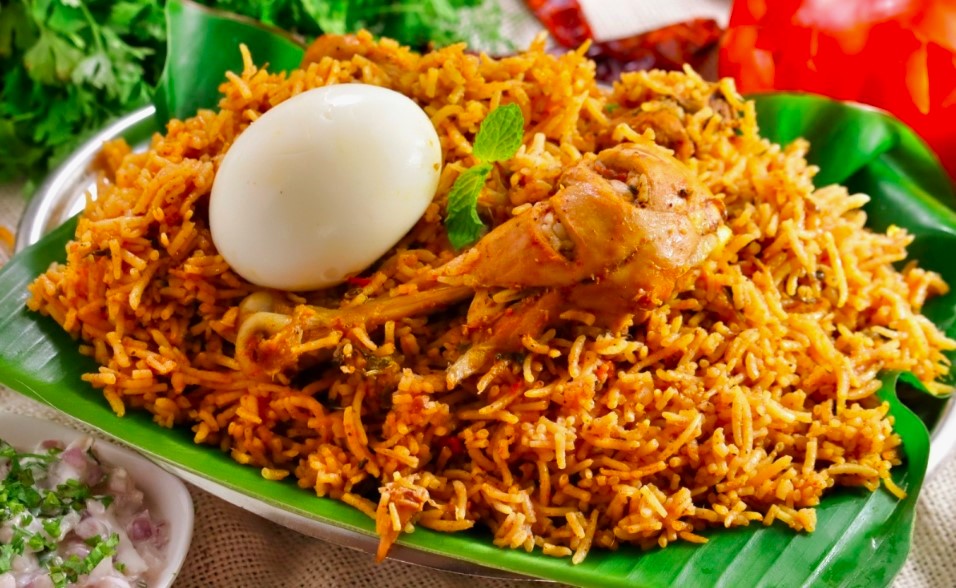
- How to Make Potato Salad Recipe: A Complete Guide to the Best Homemade Delight
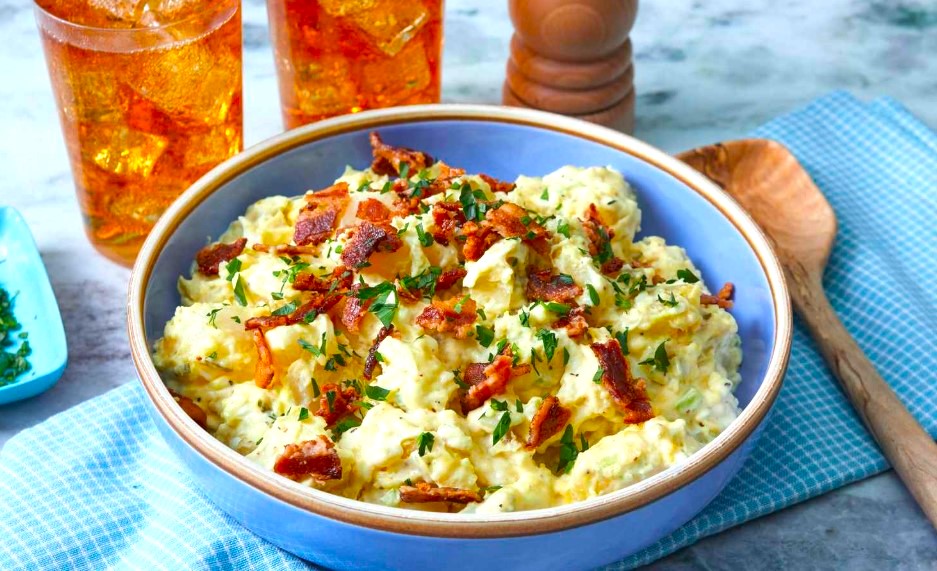
- Best Food Open Near Me in the USA – 24/7 Restaurants, Cafes & Takeout Spots

- Best Slow Cooker Chicken Recipes | Easy & Juicy Meals for Every Day

- Easy Mix Vegetable Recipe – Indian Style Dinner
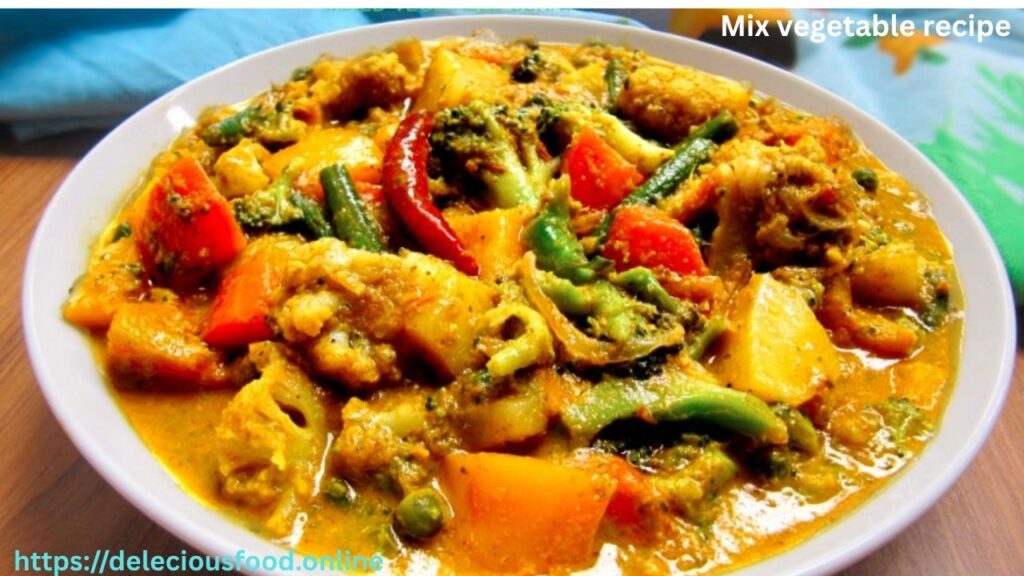
- Celebrate Yorkshire Day with Classic Yorkshire Pudding Recipe
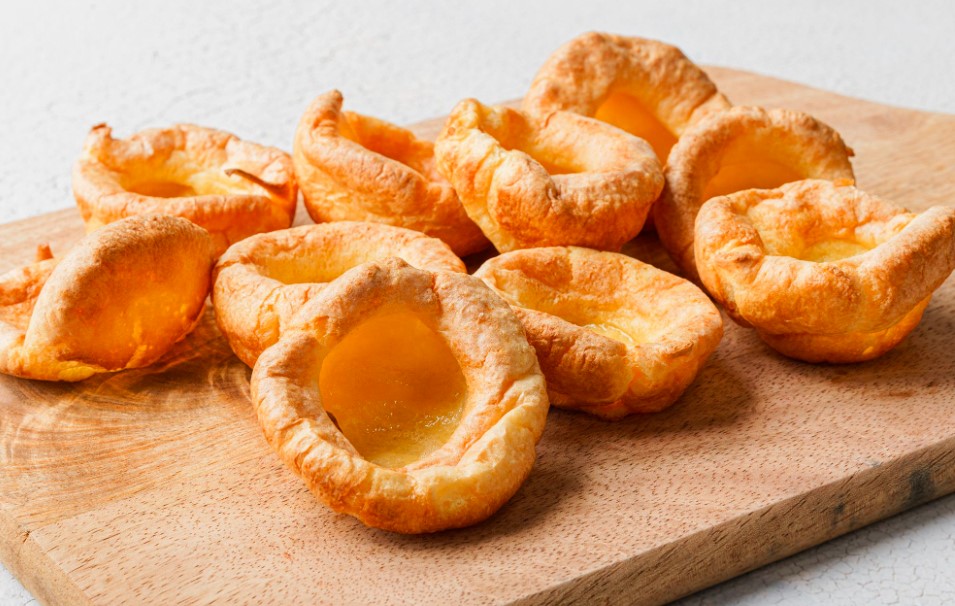
- Classic Victoria Sponge Recipe by Mary Berry
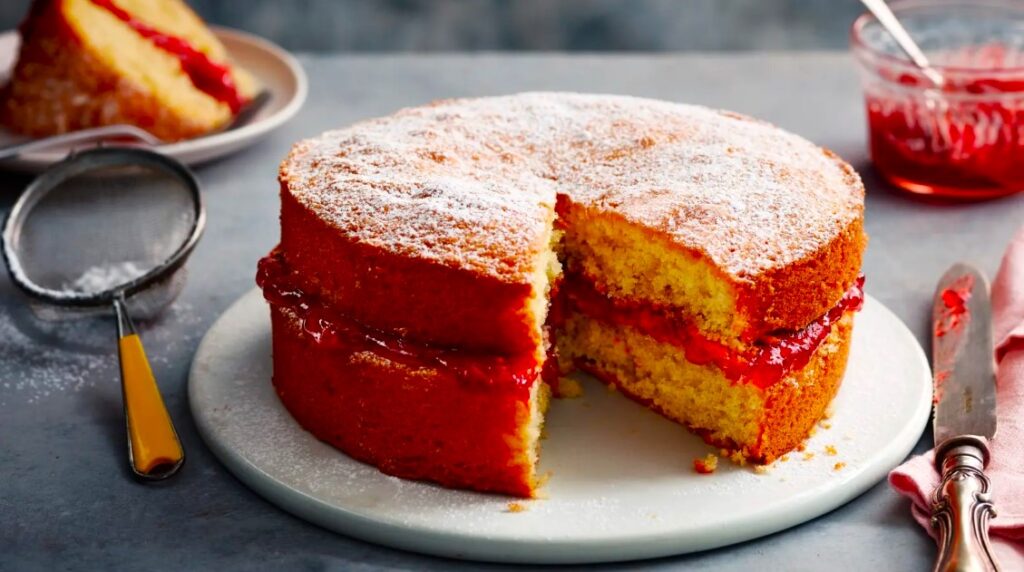
- Dominos Pizza: Delicious Delivery Options
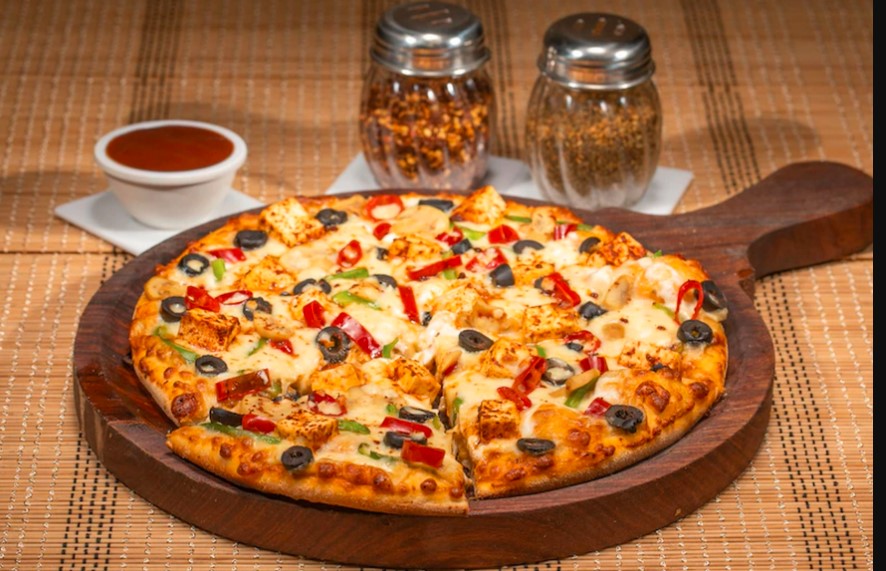
- Restaurants Near Me in Pakistan – Find the Best Places to Eat


